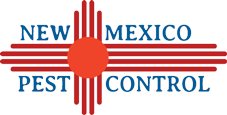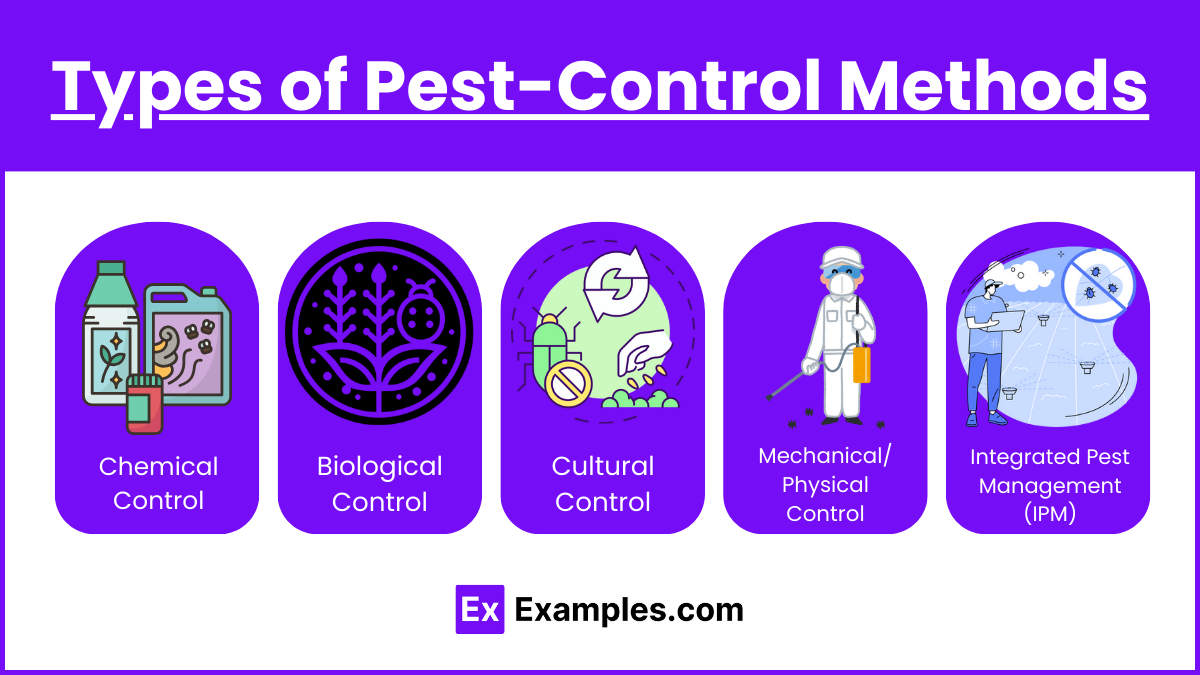Pestwise for Beginners
Table of ContentsSome Known Questions About Pestwise.Indicators on Pestwise You Should KnowUnknown Facts About Pestwise10 Easy Facts About Pestwise ShownThings about PestwiseExamine This Report on PestwiseThe Only Guide for Pestwise

Q. Define "incorporated insect management" (IPM) and checklist numerous feasible control strategies that might be utilized in an IPM strategy. A. Integrated insect monitoring is the integrating of proper pest control tactics right into a single strategy to lower insects and their damage to an appropriate level. Bug control strategies might include: host resistance, organic control, cultural control, mechanical control, cleanliness, and chemical (chemical) control.
Pestwise for Dummies
What can you do to maintain the insects you are trying to regulate from ending up being resistant to the pesticides you utilize? A. Bug resistance can be reduced by using integrated bug monitoring and rotating the kinds of pesticides utilized.
Parasites are an essential threat to the farming company, and incorporated bug management helps cultivators address and minimize these risks. Integrated pest administration makes use of numerous techniques in facility, hence being an extra reliable solution to the concern. Mosquito Control. Particularly, removing hostile chemical techniques enables minimizing harm to individuals and the setting by making use of all-natural and more secure choices instead
More About Pestwise
The goal of integrated insect management is to minimize this injury and control acceptable infestation degrees instead than remove all undesired populations. This is why it is necessary to recognize what steps are warranted in each situation and usage hostile ones only when various other integrated monitoring methods don't function. Integrated management minimizes the unfavorable effects of a non-IPM approach, and the major advantages of IPM Perks of IPM.
A proper understanding of the invasion scope establishes if the issue needs to be attended to. are the next elements of an IPM program due to the fact that it is very important to understand if the microorganisms make potential dangers and choose the incorporated monitoring alternatives or the particular chemical usage. intend to minimize problems by applying different agronomic strategies.
Our Pestwise Statements
if avoidance was inadequate. Integrated monitoring alternatives in an IPM program start with safer to much more aggressive ones. Target or broadcast chemical spraying may adhere to manual removal or trapping that hasn't helped. The above-mentioned integrated management aspects help understand how to plan and implement an IPM program detailed: Monitor your crops consistently.

Among others, IPM cultural approaches include the complying with area administration strategies: dirt treatment; choice of appropriate plants; plant rotation; interplanting or strip chopping; selection of planting dates; weed control; usage of trap plants. Favorable soil problems speed up plant development, and vigorous plants are much more immune to problems. Healthy plants and seeds determine effective plant development, so it is essential to pick pest-free growing material with strong roots.
, which is likewise utilized in the integrated bug monitoring system. On the other hand, problems increase when plants of the very same plant kind or family members expand with each other.
In a similar way, potato beetles can harm growing potatoes, as well as tomatoes. Planting catch plants in spots i was reading this is an additional alternative for IPM intercropping. This incorporated bug administration technique recommends bring in pests to particular plants and after that controlling them with chemical or mechanical techniques. In specific, you can expand soybeans as catch plants for Japanese beetles.
Top Guidelines Of Pestwise
Obstacles are normal instances of physical IPM methods. Allow's take a closer consider them. Eliminating or picking parasites out manually is a time and labor-consuming alternative that is widely used in incorporated administration and natural farming. Fully grown insects or their eggs and larvae are gathered by hand and damaged.

Department of Plant Sciences. This incorporated monitoring method suggests an usual method of ruining bugs by killers, parasitoids, virus, and various other organic control representatives (also known as antagonistic organisms). The role of biological control in IPM is to.
Pestwise Can Be Fun For Anyone
With time, their populace became a real nuisance to farmers along with indigenous kangaroos or dingoes. The cane toad is another case highlighting integrated biological control failing hereof when it declined to search the target types and ended up being a pest itself. Parasitoids develop on or within their hosts to at some point eliminate them after developing.